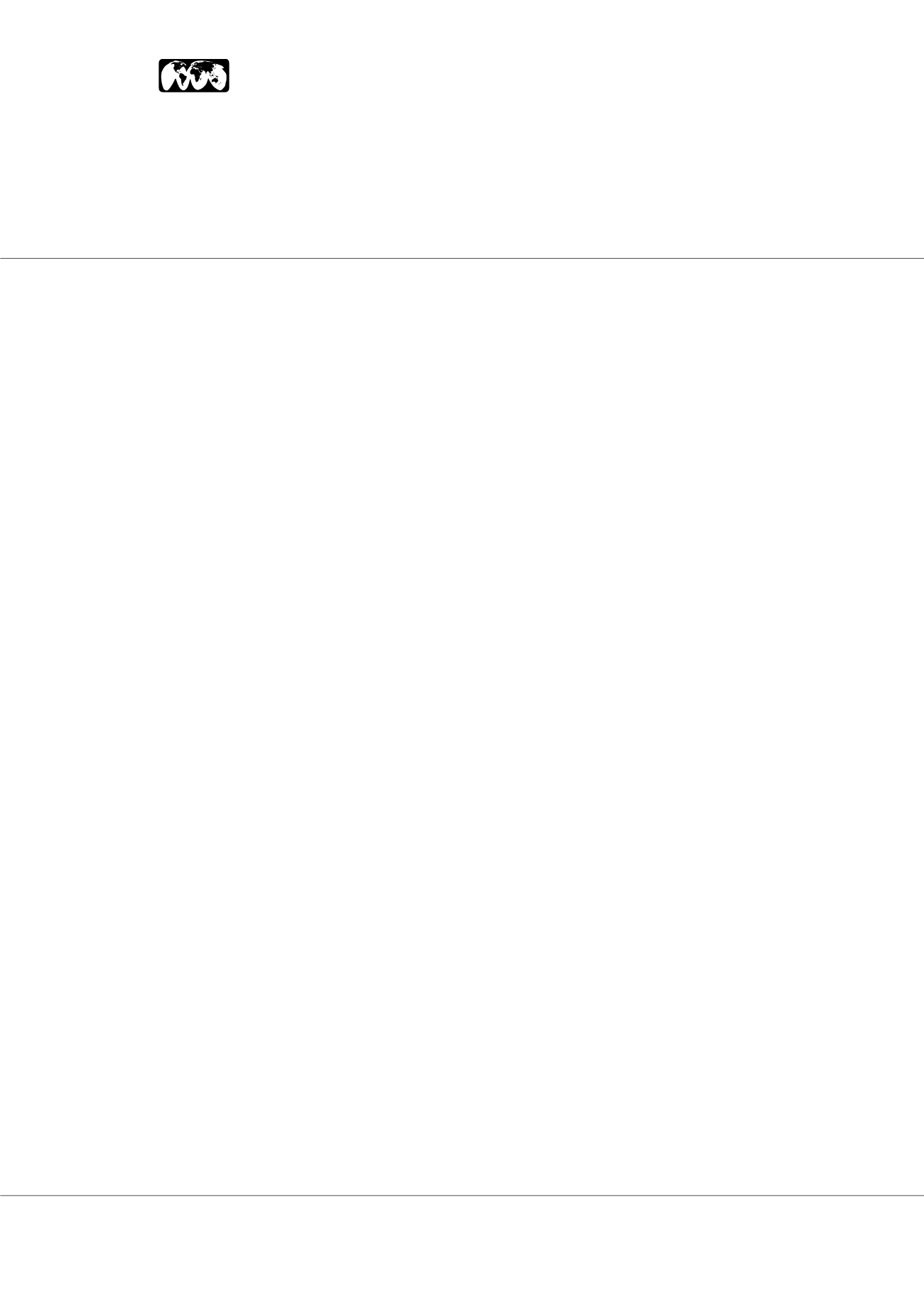

Page 52
allied
academies
Journal of Gastroenterology and Digestive Diseases | Volume 3
May 25-26, 2018 | New York, USA
World Liver Conference 2018
C
holelithiasis and choledocholithiasis is a disease
where incidence increases with age and can have
serious complications such as pancreatitis, cholangitis
and liver abscesses, but its management is controversial,
because there are minimally invasive laparoscopic and
endoscopic surgical procedures. The best method for the
diagnosis of choledocholithiasis is magnetic resonance
cholangiopancreatography, which shows a sensitivity of
95%, is not invasive, does not use ionizing radiation, and is
of low risk to the patient. Its accuracy for the diagnosis of
choledocholithiasis is similar to that of endoscopic retrograde
cholangiopancreatography (ERCP) or transparietohepatic
cholangiography, without the risks associated with these
invasive procedures. Endoscopic treatment is indicated
during the perioperative period or during cholecystectomy,
while surgical treatment consists of exploration of the
cystic duct or classical choledochotomy, and also during
laparoscopic or robotic cholecystectomy. The time of
diagnosis of choledocholithiasis is important to establish
the type of treatment. Bile duct exploration through the
laparoscopic access has been suggested as the gold standard
for the treatment of choledocholithiasis, including robotic
surgery, by some authors. The access to the biliary tract
can be obtained through the cystic or common bile duct.
In our service, patients with few stones in the bile duct, in
a distal position, colecystectomized, with high anesthetic
or surgical risk, with sickle cell anemia, severe obese and
with suppurative acute cholangitis are submitted to ERCP.
And the other hand, patients submitted to Gastric Bypass
or Gastrectomy with BII or Y-Roux reconstruction, with a
disproportionate caliber of the distal choledochus in relation
to the stones, with multiple or proximal choledocholithiasis
andwhenERCP faultor isnot available, aresubmittedtobiliary
whitening through choledochotomy. Therefore, I would like
to reveal our protocol to approach coledocholitiasis as well
as demonstrate our step-by-step procedure for the main
biliary tract in these cases, presenting our results.
e:
maxwelboga@yahoo.com.brIs ERCP the best treatment for coledocholithiasis? Laparoscopic and robotic management in
choledocholithiasis
Maxwel Capsy Boga Ribeiro
Federal University of Uberlândia, Brazil
















